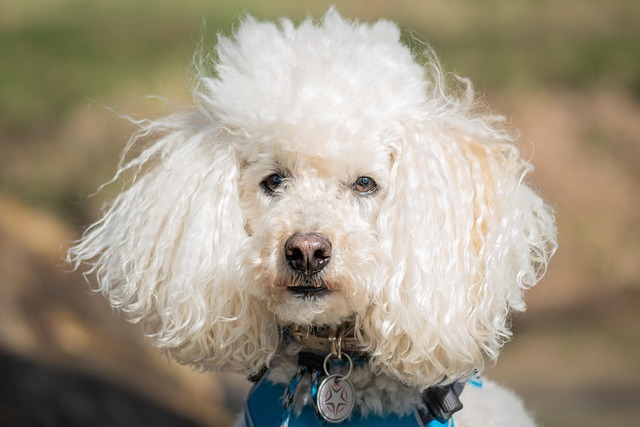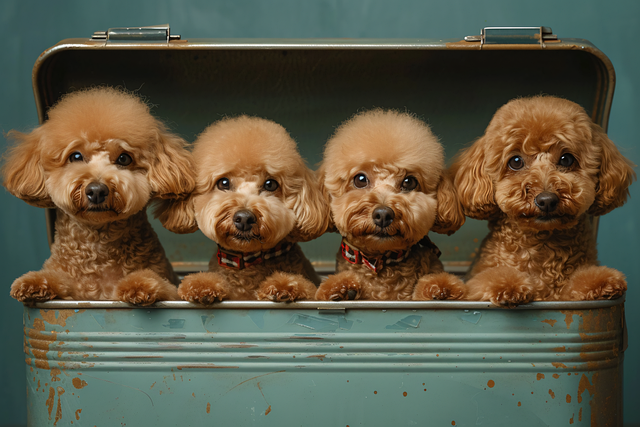
How do you prevent parasites in dogs
If you’ve found tiny fleas hopping off your puppy’s fur or noticed your adult dog scooting their bottom on the carpet, you know how frustrating—and risky—parasites can be.
If you’ve been scooping 1 cup of puppy kibble into your furry friend’s bowl each morning and noticing them hovering by the pantry an hour later, you’re probably wondering if that’s really enough. First-time U.S. dog owners often default to a “one-size-fits-all” portion, but when my 12-week-old Shih Tzu, Mabel, started stealing socks (a classic sign of hunger) after being fed 1 cup a day, my vet quickly set me straight: It depends on their breed, size, and age. A tiny Yorkie and a growing Lab puppy have wildly different needs—and 1 cup can be too much, too little, or just right, depending on who’s eating.
Puppies are little growth machines, and their calorie needs are off the charts compared to adult dogs. A 3-lb Chihuahua puppy only needs about 180 calories a day, while a 15-lb German Shepherd puppy requires closer to 500. Most puppy foods pack 300–350 calories per cup, so 1 cup might leave the Shepherd starving and the Chihuahua overstuffed. Underfeeding can lead to stunted bone growth or low energy, while overfeeding sets them up for obesity and joint issues later. Mabel, who weighed 5 lbs at 12 weeks, needed 1.25 cups split into meals—not 1 cup—to keep her full and growing steadily.

The easiest way to get portions right is to start with the food bag’s guide (look for “feeding recommendations by weight”) and adjust based on your puppy. Split the daily amount into 3–4 small meals—puppies have tiny stomachs and can’t handle one big serving. For apartment dwellers, stick to a consistent schedule (8 AM, 12 PM, 4 PM, 7 PM) to sync with potty breaks; Mabel learned to go outside 20 minutes after eating, which cut down on carpet accidents. Watch their body: You should be able to feel their ribs without pressing hard. If they clean the bowl and beg, add ¼ cup; if they leave food, scale back.
Never scold a puppy for begging—this violates U.S. animal welfare norms and makes them anxious. Instead, use positive reinforcement (a belly rub for finishing meals calmly) to encourage good habits. Stay compliant with local laws: Keep their distemper and parvovirus vaccines up to date by 16 weeks—hungry puppies have weaker immune systems. When walking, always carry waste bags (cities like Chicago fine up to $150 for not cleaning up) and resist giving table scraps, even if they beg—human food throws off their balanced diet.
1 cup a day isn’t a universal answer. By matching portions to your puppy’s unique needs and watching their cues, you’ll keep them happy, healthy, and ready for all those play sessions.

If you’ve found tiny fleas hopping off your puppy’s fur or noticed your adult dog scooting their bottom on the carpet, you know how frustrating—and risky—parasites can be.

If you’ve been brushing your dog only to find clumps of dull fur and flaky skin on the brush, or caught them chewing their paws raw from irritation

Corgis are known for their perky, upright ears, so when those ears suddenly fold back, it’s easy to wonder what’s going on.

If you’ve found yourself staring at your 3-month-old puppy’s empty bowl, wondering if two large meals are enough—or if three smaller ones are overdoing it—you’re far from alone.

If you’ve been scooping 1 cup of puppy kibble into your furry friend’s bowl each morning and noticing them hovering by the pantry an hour later, you’re probably wondering if that’s really enough.

If you’ve flipped through a pet magazine or stood in the dog food aisle wondering when to swap your pup’s regular kibble for the “senior” bag, you’re not alone.